
Students learn about vectors. There are a series of practice problems at the end of the lesson.
- Subject:
- Physics
- Science
- Material Type:
- Lesson Plan
- Provider:
- Science Education Gateway
- Author:
- Science Education Gateway
- Date Added:
- 02/26/2019

Students learn about vectors. There are a series of practice problems at the end of the lesson.
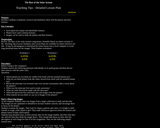
Students are introduced to planetary research in order to increase their ability to recognize the planets and their surface features.
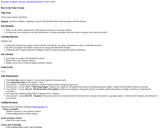
Students view images of the solar system (planets and moons) and record observations. They will also generate a list of questions they would like to find information about and conduct research to gather answers. Findings can be submitted in written form or presented orally to the class.
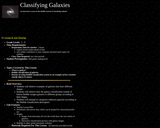
Students will observe examples of galaxies that have different shapes and how they are classified according to the Hubble classification descriptors.
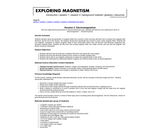
Students learn about the generation of magenetic fields from currents in wires and they will learn how to measure the magnetic field directions. Students will use magnetic compasses to explore magnetic fields in their environment where they will discover that electronic equipment also produces magnetic fields.

Students will conduct six different investigations in order to carry out an analysis of Martian weather, seasons, and speculations about life on Mars. After their research students will present their findings.
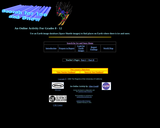
Students use an Earth image database (Space Shuttle images) to find places on Earth where there is ice and snow.
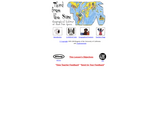
Students learn about the history and development of Earth sensing, describe Landsat and its role in modern Earth imaging, and then use knowledge of Landsat's capabilities to make reasoned inferences about the geographic locations shown in Landsat images.